Life
Sign up for our newsletter
We summarize the week's scientific breakthroughs every Thursday.
-
 Paleontology
Paleontology50 years ago, the dinosaurs’ demise was still a mystery
In 1972, scientists blamed dinosaur biology for the reptiles’ demise. Years later, researchers ID’d the real killer: an apocalyptic asteroid.
-
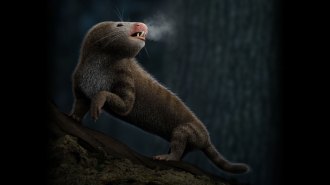 Paleontology
PaleontologyMammal ancestors’ shrinking inner ears may reveal when warm-bloodedness arose
An abrupt shift in inner ear shape of mammal ancestors 233 million years ago, during a time of climate swings, points to evolution of warm-bloodedness.
-
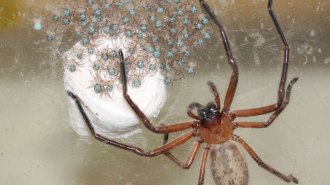 Animals
AnimalsThese huntsman spiders do something weird: live together as a big, happy family
Five unusual species of spider moms let youngsters live at home way past the cute waddling baby phase.
By Susan Milius -
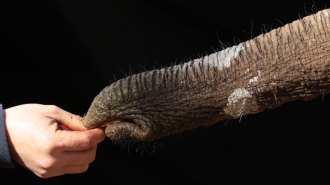 Life
LifeThe top side of an elephant’s trunk stretches more than the bottom
New research on elephant trunks could inspire different artificial skins for soft robots.
By Meghan Rosen -
 Animals
AnimalsDo gophers farm roots? It’s not as clear as viral articles claim
Pocket gophers aerate and fertilize the soil in a practice that encourages rudimentary food production, researchers claim. But not everyone agrees.
-
 Tech
TechThis octopus-inspired glove helps humans grip slippery objects
The human hand, for all its deftness, is not great at grasping slippery stuff. A new glove aims to change that.
-
 Animals
AnimalsTardigrades could teach us how to handle the rigors of space travel
Tardigrades can withstand X-rays, freezing and vacuum. Now researchers are learning how they do it, with an eye toward human space travel.
By Douglas Fox -
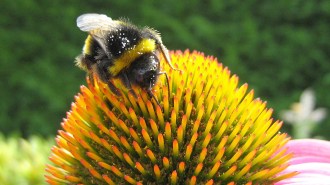 Environment
EnvironmentFlower shape and size impact bees’ chances of catching gut parasites
Bumblebees have higher chances of contracting a gut parasite from short, wide flowers than from blooms with other shapes, experiments show.
-
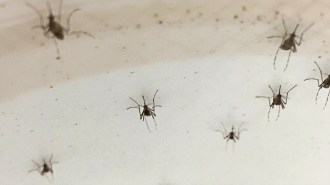 Health & Medicine
Health & MedicineThe flowery scent of a Zika or dengue infection lures mosquitoes
Mice and humans infected with dengue emit acetophenone, attracting bloodsucking mosquitoes that could then transmit the viruses to new hosts.
-
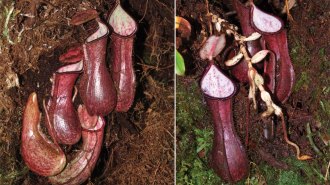 Plants
PlantsThis pitcher plant species sets its deathtraps underground
Scientists didn’t expect the carnivorous, eggplant-shaped pitchers to be sturdy enough to survive below the surface.
By Meghan Rosen -
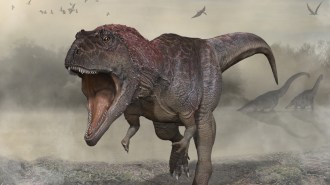 Paleontology
PaleontologyA newfound dinosaur had tiny arms before T. rex made them cool
A predecessor to Tyrannosaurus rex, Meraxes gigas had a giant head and puny but muscular arms, suggesting the limbs served some purpose.
-
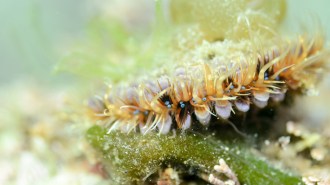 Animals
AnimalsEd Yong’s ‘An Immense World’ reveals how animals perceive the world
The book showcases the diverse sensory abilities of other animals and how their view of the world is different from our own.